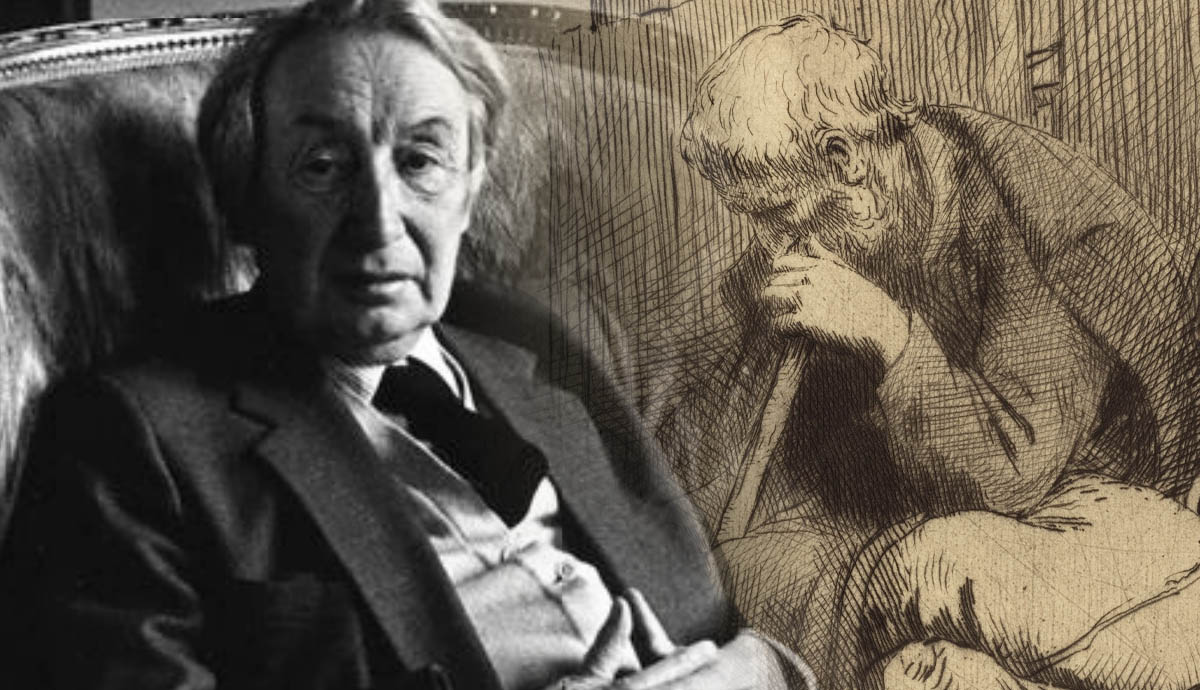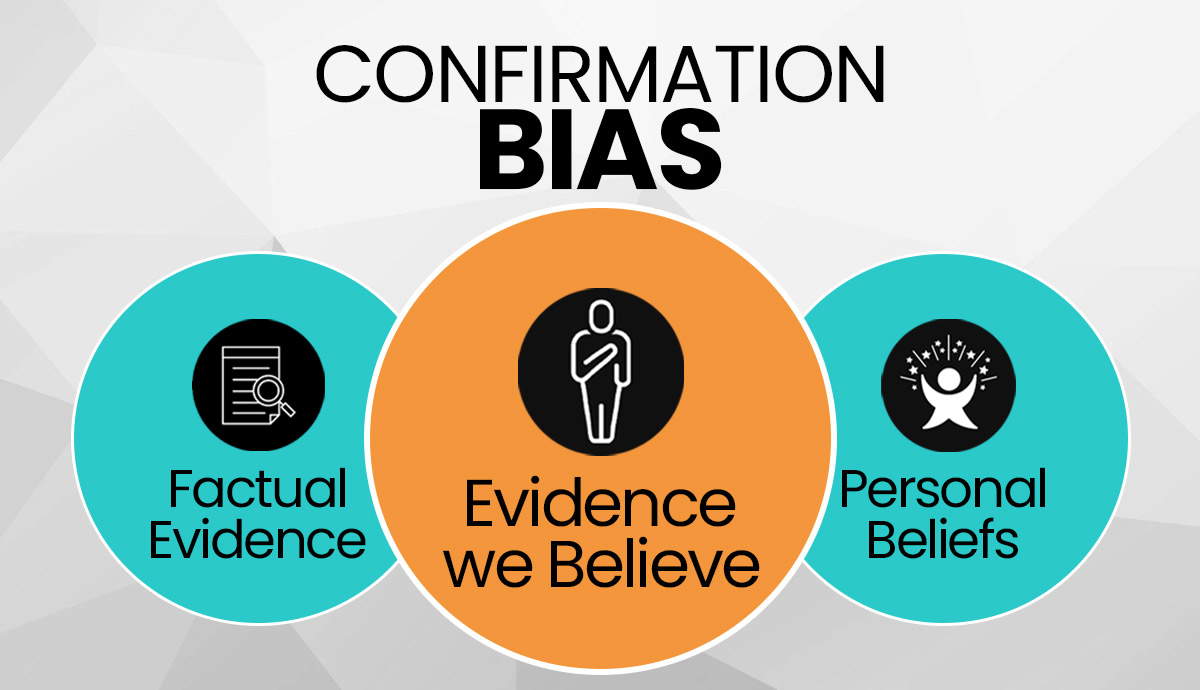
In this article we will look at Alfred Jules Ayer’s Verification Principle and how the Vienna Circle created a theory about meaning which ultimately failed its own logic. A. J. Ayer was a prominent figure amongst a group of empiricists that called themselves The Vienna Circle who were active from 1924 to 1936. This group of philosophers, mathematicians and scientists met to discuss scientific language and methodology, later becoming known for the creation of the Verification Principle.
Who Was A. J. Ayer and What Was the Verification Principle?

The Verification Principle was created to separate meaningful discourse from non-meaningful discourse. A. J. Ayer in particular attempted to specify a criterion of meaning that could be used to scrutinize talk of metaphysics and abstract ideas, like those of Plato, in a way that would doom it of ever having meaning or value. This branch of philosophy and its hostility towards abstract ideas became known as ‘logical empiricism.’ Ironically, as we will explore in this article, the Verification Principle only seems to doom itself and everything it intended to give meaning to.
Why Were Abstract Ideas and Metaphysics a Problem For the Vienna Circle?

What was important for A. J. Ayer and the Vienna Circle was that in order for a statement to be meaningful it must either be empirically verifiable or we must be at least able to conceive of its method of verification, in principle. (Ayer, 1971)
Scientific statements such as ‘There are 8 planets in our solar system’ are meaningful since they can be verified by scientific means and tools. Likewise, Ayer argued that although the statement: ‘There are 12 planets in the Andromeda galaxy’ cannot be practically verified because space travel is not sophisticated enough to observe this, it is still factually significant because it can in principle be verified by necessary tools. (Kail, 2003).
Metaphysical statements on the other hand, such as ‘Plato’s forms are true reality’ or ‘God exists’ cannot even in principle be verified because they express propositions about a world which transcends sense experience. In this case, these types of statements are deemed cognitively meaningless. According to Ayer; metaphysical questions are no more than pseudo questions. (Ayer, 1971)
How Did Hume’s Fork Inspire the Vienna Circle?

For the Vienna Circle, an important distinction in meaning came from Philosopher David Hume and what became known as Hume’s Fork. Hume believed there were only two kinds of truth; the first is the ‘relation of ideas’ which concerns analytic statements or tautologies, those that are deducted from theory rather than observation (McGill, 2004). The second type of truth is the ‘relation of matters of fact’ which concerns synthetic statements where truth value is dependent on observation (McGill, 2004).
Here are two examples of Hume’s Fork distinction of truth:
- An analytical statement – these are statements that are necessarily true or false in virtue of their words or by their definition: ‘Triangles have 3 sides’ or ‘every mother has had a child.’
- A synthetic statement – a proposition about a state of affairs in the world that can be observed and verified: ‘Water boils at 100 degrees celsius’ or ‘it will rain next Tuesday.’
Problems With Synthetic Statements: “All cats are pink with green ears”
What about statements that we can verify as true or false, but seem nonsensical?
While Hume’s Fork gives credit and value to science, Hume’s definition of synthetic statements assigns meaning to statements we would not usually consider to be significant, for example; all cats are pink with green ears. This statement would be synthetic since we can empirically verify it as false, thus giving it meaning. (McGill, 2004)
Again inspired by Hume, Ayer’s formulation of the Verification Principle concluded that scientific knowledge is the only kind of factual knowledge we can ever know, since this is the only thing we can empirically verify and observe.
Hume and Ayer both agreed that since metaphysics does not contain any empirical reasoning about matters of fact we should “commit it to the flames” deeming it “nothing but sophistry and illusion” (David, 1981).
Strong vs Weak Verification Principle

J. Ayer’s first formulation of the principle, known as the strong Verification Principle, held that a proposition is verifiable if and only if its truth can be established conclusively by evidence or by a finite set of observation statements that logically entail it (Ayer, 1946).
However, it was soon realised that the language they wished to retain, i.e. that of a scientific nature, would also be rendered meaningless by this principle, along with most common sense statements. For example, the scientific generalisation “all water boils at 100 degrees” cannot possibly or practically be verified by a finite set of observations (Kail, 2003).

The same principle also ruled out meaningful statements about subatomic science, history and human emotion. Afterall, is it possible to practically observe or verify gravity? Or historical accounts and emotions about the Holocaust?
To overcome this issue, Ayer developed the Weak Verification Principle, acknowledging that a statement could be considered meaningful even though it may not be practically verifiable. Ayer insisted that a statement could be meaningful if it is shown to be true within reasonable doubt or in conjunction with other meaningful observation statements (David, 1981).
This weak Verification Principle therefore allowed the Vienna Circle to consider statements about history, scientific theories and human emotion as meaningful, while still maintaining that metaphysics, religion and ethics were meaningless.
Under the weak verification principle, Ayer could still claim that metaphysics and abstract thought should be eliminated because no sense-based evidence or relevant observations can ever count, even in principle, towards statements such as ‘there exists a world independent of our experience’. Such utterances are devoid of any meaning and are ‘literally nonsensical’, according to Ayer (David, 1981).
Was the Weak Verification Principle Too Liberal For its Own Good?

The permissiveness of the weak Verification Principle only led to a host of issues for Ayer and logical empiricists.
‘If Plato’s forms are true reality, then the book in front of me is brown’
In a clever criticism of Ayer’s logic contained in Carl Hempel’s ‘necessary conditions of adequacy for the criteria of cognitive significance’, the philosopher showed that the Weaker Verification principle would result in giving meaning to any statement, as long as it was in conjunction with a verifiable observation.
Hempel pointed out that by Ayer’s logic, any statement S in conjunction with another premise P logically entails, as a whole, an observational statement. Thus, S could be non-significant on its own, but meaningful in conjunction with any other premise (Hempel, 2009).
If this is the case, then the weak Verification Principle allows statements such as “if Plato’s forms are true reality, then the book in front of me is brown” to be meaningful. Yet, this is the very type of statement that Ayer wished to rule out, believing it to be meaningless.
Did the Verification Principle Accidentally Doom Itself?
Both the strong and weak version of Ayer’s verification principle seem to be inherently flawed. On the one hand, the Strong Verification principle can neither verify itself as being true, nor can it verify the highest level of science such as subatomic science and quantum physics – the very statements it wished to give meaning to (Kail, 2003).
The strong verification principle ultimately voids itself of any meaning from the outset. On the other hand, the weak Verification Principle allows any statement at all to be meaningful when in conjunction with an observational statement. This liberal principle accidentally gave meaning to metaphysics, pseudo questions, abstract thought and even pure nonsense.
Ayer’s One Last Attempt…

Ayer did in fact recognize and accept the problems Hempel outlined regarding his weaker Principle and thus reformulated it in an addendum he wrote to try to overcome its flaws. In his reformulation of the weak Verification Principle, Ayer distinguishes between direct and indirect verifiability. He claims that a statement is directly verifiable if and only if it is an observation statement or is such that in conjunction with one or more observation statements it entails at least one which is not deducible from the premise alone. (Ayer, 1971)
This rules out the possibility of a metaphysical or abstract statement being meaningful due to their conjunction to an observation statement, for example “if Plato’s forms are true reality, then the book in front of me is brown” has no deducible observation statements that aren’t simply the direct consequence of “the book in front of me is brown”.
The second part to Ayer’s (lengthy) reformulation is that:
A statement is indirectly verifiable if and only if; in conjunction with other premises it entails one or more directly verifiable statements which are not deducible from these other premises alone, and that these other premises do not include any statement that is either analytic, directly verifiable, or capable of being independently established as indirectly verifiable.
(Ayer,1971).
A mouthful to say the least.
In this reformulation, Ayer seems to limit the scope of Hempel’s argument, as he points out that statements such as ‘Plato’s forms are true reality’ are neither analytic, directly verifiable nor capable of being independently established as indirectly verifiable, and therefore should be ruled out as meaningful. To put this simply, any non analytic statement must be directly or indirectly verifiable in order to be meaningful.
So, Does Ayer’s Reformulation Work?

Unfortunately for Ayer, the answer is yet again no. For the final time, Hempel’s response revealed its flaws.
Hempel showed that Ayer failed to prevent empirical import being given to statements through their conjunction with empirically meaningful statements, i.e. it gave empirical significance to any conjunction where the first statement is qualified as meaningful by Ayer’s criterion but the conjunction as a whole is disqualified as meaningless (Hempel, 2004).
Hempel himself admitted that he could not propose a better theory of meaning. He ended by concluding that it is useless to continue the search for an adequate criterion of meaning since, in terms of the logical relationship to observation sentences, the result will either be too restrictive, too inclusive or both.
What Ayer and the Vienna Circle failed to address was a crucial issue in this subject of meaning, something that was later realized by Ludwig Wittgenstein – the importance of meaningfulness within some sort of context (Biletzki, 2011).
Ayer himself admitted that he had overlooked the fact that most empirical propositions are vague to some degree, but unfortunately he did not take this thought further to realize that meaningfulness itself may be vague.
It turns out that anyone who attempted to define meaning through some principle failed due to the vagueness and elusiveness of the concept. Because of this, philosophers were also unsuccessful in trying to eliminate talk of abstract ideas, God or metaphysics as meaningless.
Bibliography
Ayer, A. J. (1971) ‘Language, Truth and Logic’ (Penguin Book)
Ayer, A. J. (1946) ‘Language, Truth and Logic’ (Blackboard course website) [online]
Biletzki, Anat (2011) Ludwig Wittgenstein”, (The Stanford Encyclopedia of Philosophy) 3.4 [online]
Rynin David (1981) ‘Essential readings in Logical Positivism: Vindication of Logical Positivism’ cp.B3 (Blackwell Publisher Limited)
Hempel, Carl, (2009) Philosophy of Science, A Historical Anthology ‘Empiricist Criteria for cognitive significance: problems and changes’ (UK, Blackwell)
McGill (2004) ‘Ayer on criterion of verifiability’ [online]
Kail (2003) ‘The verification Principle’ (HomePages.ed) [online]










